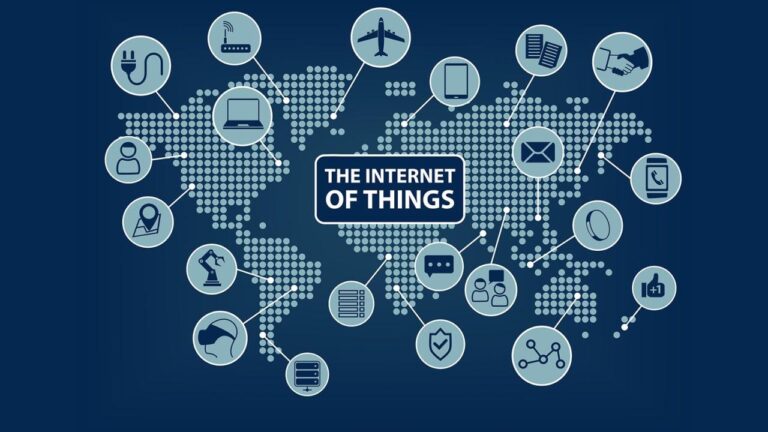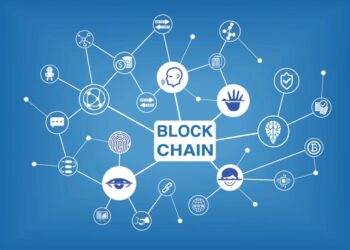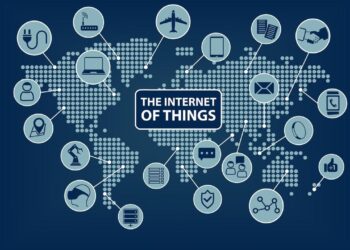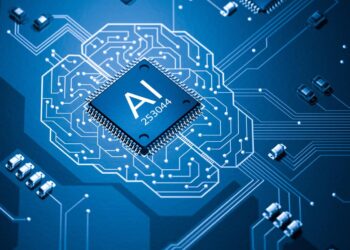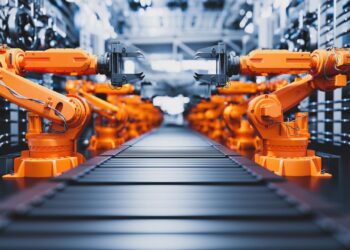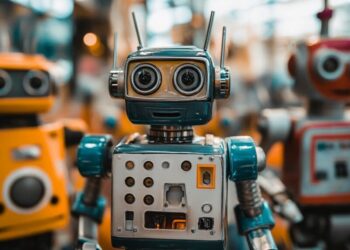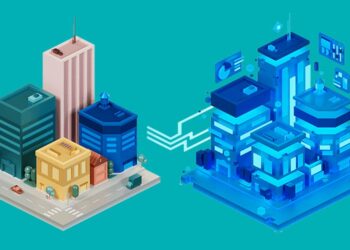Defining the Internet of Things
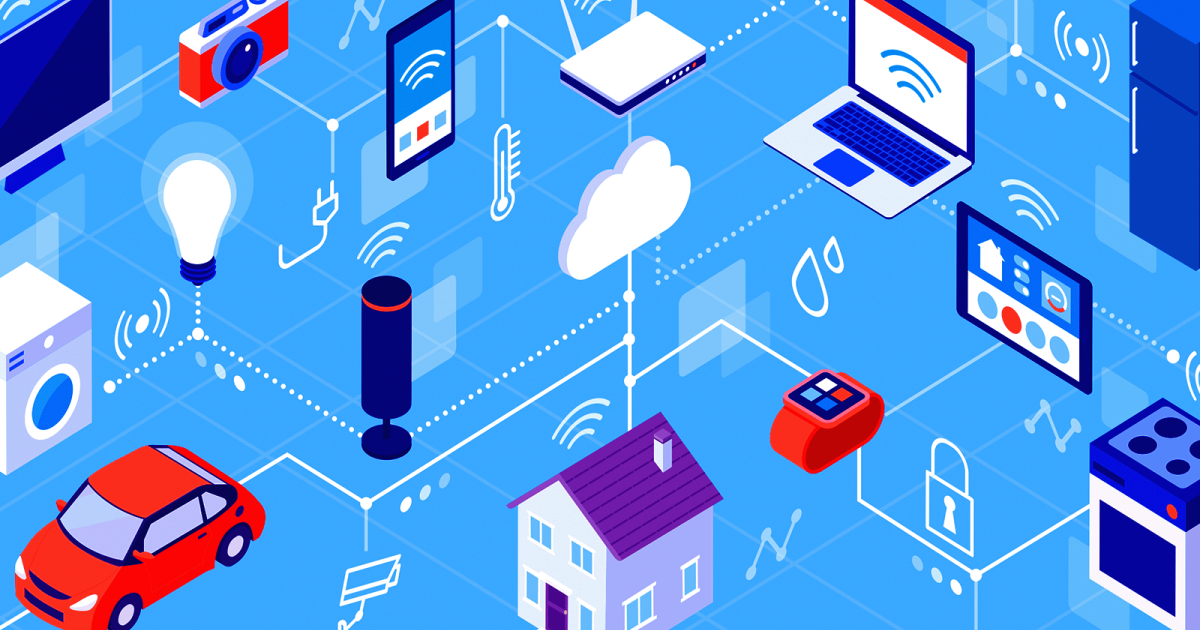
At its essence, the IoT refers to the vast network of physical objects embedded with sensors, software, and other technologies for the purpose of connecting and exchanging data with other devices and systems over the internet. These “things” range from ordinary household objects to sophisticated industrial tools.
A. The Evolution of Connectivity
The concept of connected devices has evolved significantly over decades.
- Early Machine-to-Machine (M2M) Communication: Precursors to IoT, focusing on direct communication between devices (e.g., vending machines reporting stock levels).
- The Rise of the Internet: Providing the foundational network for global connectivity.
- Ubiquitous Computing: The idea that computing power should be seamlessly integrated into our environment, becoming invisible.
- Miniaturization and Cost Reduction: Advancements in microprocessors, sensors, and wireless communication made it feasible to embed connectivity into small, low-cost devices.
- The Term “Internet of Things” (1999): Coined by Kevin Ashton to describe a system where the internet is connected to the physical world via ubiquitous sensors.
The shift has been from connecting people (via computers) to connecting things, expanding the internet’s reach into the physical world.
B. Core Components of an IoT Ecosystem
An effective IoT system comprises several interconnected layers that enable data collection, processing, and action.
- Things (Devices and Sensors): These are the physical objects embedded with sensors, actuators, and communication modules.
- Sensors: Collect data from the environment (e.g., temperature, humidity, light, motion, pressure, sound, chemical).
- Actuators: Enable devices to take action based on data (e.g., turning lights on/off, adjusting thermostats, opening/closing valves).
- Microcontrollers/Processors: Small, low-power computing units that process data from sensors and control actuators.
- Connectivity (Communication Networks): The medium through which data travels from the devices to the cloud or other systems.
- Short-Range: Bluetooth Low Energy (BLE), Wi-Fi, Zigbee, Z-Wave (for smart homes).
- Long-Range/Low-Power: LoRaWAN, NB-IoT (Narrowband IoT), LTE-M (for wide-area, low-bandwidth applications).
- High-Bandwidth: 4G LTE, 5G (for real-time video, large data transfers).
- Satellite: For remote areas without terrestrial network coverage.
- Data Processing (Edge and Cloud): Where the collected data is analyzed and transformed into actionable insights.
- Edge Computing: Processing data closer to the source (on the device or a local gateway) to reduce latency, save bandwidth, and enhance privacy for time-sensitive applications.
- Cloud Computing: Centralized servers provide scalable storage, powerful analytics, and machine learning capabilities for long-term data analysis, AI model training, and complex decision-making.
- User Interface (Applications and Services): The means by which users interact with the IoT system, visualize data, and control devices.
- Mobile Apps: For managing smart home devices, tracking personal health data, etc.
- Web Dashboards: For industrial IoT monitoring and control.
- Voice Interfaces: Integration with smart speakers and virtual assistants.
- APIs (Application Programming Interfaces): Allow different IoT platforms and applications to communicate and share data.
The synergy of these components allows for the creation of intelligent, responsive environments.
C. The Data Flow
The fundamental cycle of an IoT system involves four key stages:
- Sense: Devices with sensors detect changes in their environment or status, collecting raw data.
- Connect: The collected data is transmitted securely over various communication networks.
- Analyze: Data is processed, filtered, and analyzed, often using AI and machine learning algorithms, to extract meaningful patterns and insights. This can happen at the edge or in the cloud.
- Act: Based on the analysis, the system takes an automated action (e.g., adjusting a thermostat, sending an alert, triggering a robot) or provides actionable intelligence to a human.
This continuous loop enables smart, adaptive behavior across the connected world.
IoT’s Transformative Impact Across Industries
The pervasive nature of IoT means its influence extends far beyond consumer gadgets, revolutionizing industries, enhancing public services, and redefining urban living.
A. Smart Homes
IoT is fundamentally changing residential living, creating intelligent and interconnected homes.
- Automated Lighting and Climate Control: Smart thermostats (e.g., Nest) and lighting systems adjust based on occupancy, time of day, and external weather, optimizing energy use and comfort.
- Security Systems: Connected cameras, doorbells, and sensors provide real-time monitoring, motion detection, and remote access control.
- Smart Appliances: Refrigerators that track inventory, washing machines that optimize cycles, and ovens that can be preheated remotely, enhancing convenience and efficiency.
- Voice Assistants: Integration with smart speakers (e.g., Amazon Echo, Google Home) allows for voice control of connected devices.
- Personalized Environments: Systems learn user preferences to create tailored living experiences (e.g., preferred music, temperature).
B. Healthcare and Wellness
IoT wearables and connected medical devices are revolutionizing health management.
- Wearable Health Monitors: Smartwatches and fitness trackers continuously monitor heart rate, sleep patterns, activity levels, and blood oxygen, providing users with personalized health insights.
- Remote Patient Monitoring (RPM): IoT devices (e.g., smart scales, blood pressure monitors, continuous glucose monitors) transmit vital patient data to healthcare providers, enabling remote oversight and early intervention for chronic conditions.
- Smart Hospitals: Connected medical equipment, asset trackers, and patient monitoring systems optimize workflows, track equipment, and improve patient safety within healthcare facilities.
- Assisted Living: Sensors in homes for the elderly can detect falls, monitor daily routines, and provide alerts to caregivers, enhancing safety and independence.
C. Manufacturing and Industrial IoT (IIoT)
IoT is central to Industry 4.0, transforming industrial operations for greater efficiency and predictive capabilities.
- Predictive Maintenance: Sensors on industrial machinery continuously monitor performance data (vibration, temperature, pressure), feeding it to AI systems that predict equipment failures before they occur, drastically reducing downtime and maintenance costs.
- Real-time Asset Tracking: IoT tags track the location and status of raw materials, components, and finished goods throughout the supply chain.
- Quality Control: IoT sensors and vision systems monitor production lines for anomalies, ensuring consistent product quality and reducing waste.
- Energy Management: Sensors monitor energy consumption of machines and facilities, identifying inefficiencies and optimizing usage.
- Worker Safety: Wearable IoT devices for industrial workers can monitor vital signs, detect hazardous environments, or track location for emergency response.
D. Smart Cities
IoT is the backbone for building intelligent and sustainable urban environments.
- Smart Traffic Management: Sensors monitor traffic flow, dynamically adjusting traffic lights to reduce congestion and emissions.
- Smart Parking: Sensors detect vacant parking spots, guiding drivers and reducing search time.
- Waste Management: Smart bins with sensors signal when they are full, optimizing collection routes and reducing operational costs.
- Public Safety: Connected surveillance cameras, gunshot detectors, and environmental sensors enhance emergency response and public safety.
- Environmental Monitoring: Sensors monitor air quality, water levels, noise pollution, and weather patterns, providing data for environmental management and citizen alerts.
- Smart Public Lighting: Streetlights that adjust illumination based on ambient light and pedestrian/vehicle movement, saving energy.
E. Agriculture (Smart Farming)
IoT devices are revolutionizing farming practices for increased efficiency and sustainability.
- Precision Agriculture: Sensors monitor soil moisture, nutrient levels, crop health, and weather conditions, allowing for precise application of water, fertilizers, and pesticides, reducing waste and environmental impact.
- Livestock Monitoring: Wearable sensors on animals track health, location, and feeding patterns, enabling proactive management and disease prevention.
- Automated Irrigation: IoT-controlled irrigation systems adjust watering schedules based on real-time sensor data and weather forecasts.
- Drone Monitoring: Drones equipped with IoT sensors collect aerial data on crop health and field conditions.
The Challenges and Hurdles for IoT
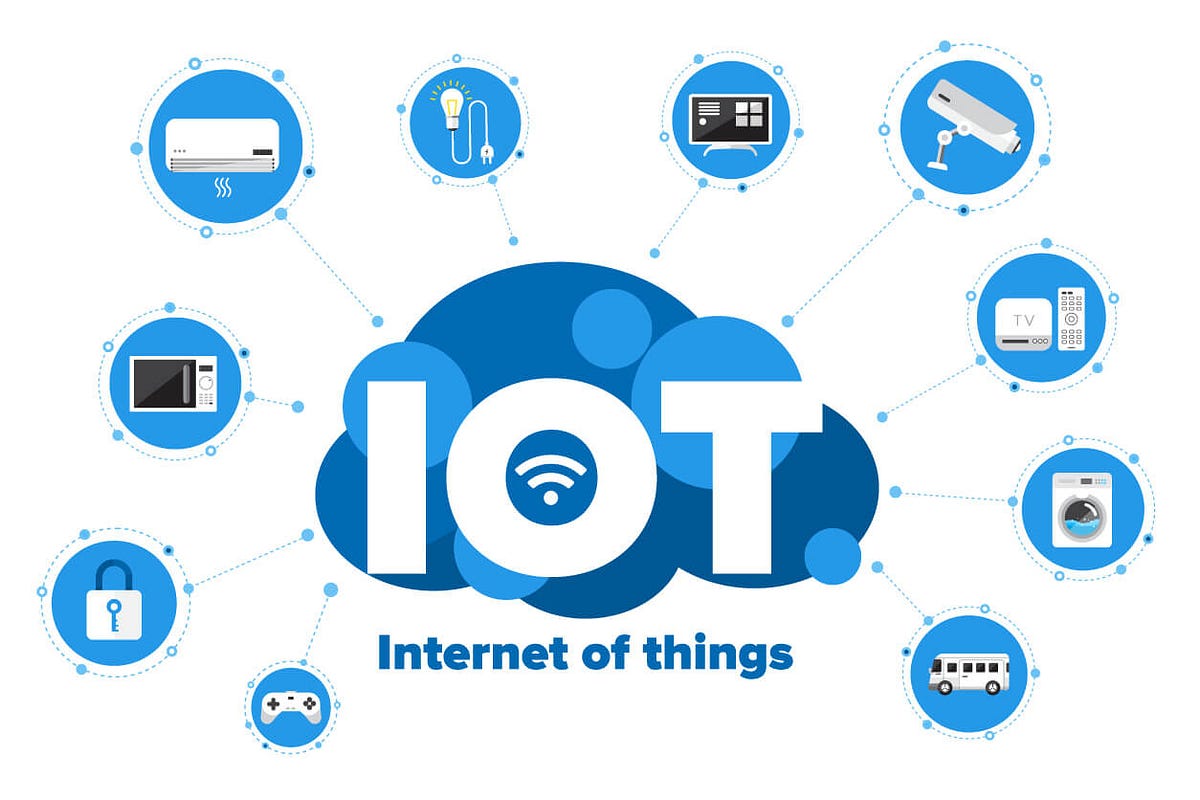
Despite its transformative potential, the widespread adoption and successful implementation of IoT face several significant obstacles.
A. Security and Privacy
The vast network of connected devices creates an enormous attack surface and raises profound privacy issues.
- Increased Attack Surface: Billions of interconnected devices, many with weak security, provide numerous entry points for hackers, leading to potential data breaches, denial-of-service attacks (DDoS), or physical compromise.
- Lack of Strong Security Standards: Many IoT devices are designed with convenience over security, lacking robust authentication, encryption, or regular security updates.
- Data Privacy: Continuous collection of highly personal data (e.g., health, location, behavior) raises concerns about surveillance, data misuse, and unauthorized access.
- Firmware Vulnerabilities: Many devices run vulnerable, unpatchable firmware.
- Botnet Formation: Insecure IoT devices are often hijacked to form massive botnets for large-scale cyberattacks.
B. Interoperability and Standardization
The lack of universal standards hinders seamless communication and integration between devices from different manufacturers.
- Proprietary Protocols: Many IoT devices use proprietary communication protocols, creating “walled gardens” and limiting compatibility.
- Data Format Inconsistencies: Data from different devices may be in varying formats, requiring complex translation and integration efforts.
- Lack of Universal Platforms: No single IoT platform can seamlessly manage all types of devices and data.
- Industry Collaboration: The need for industry-wide collaboration to develop open standards for communication, data formats, and APIs.
C. Data Management and Analytics
The sheer volume, velocity, and variety of data generated by IoT devices present significant challenges.
- Data Overload: Organizations struggle to store, process, and make sense of massive streams of raw IoT data.
- Real-time Processing: Analyzing data in real-time for immediate insights requires powerful edge and cloud computing infrastructure.
- Data Quality: Ensuring the accuracy, completeness, and reliability of data from potentially unreliable sensors.
- Storage Costs: Storing vast amounts of data can be expensive.
- Value Extraction: Turning raw data into actionable business intelligence requires sophisticated analytics and AI capabilities.
D. Scalability and Connectivity
Connecting billions of devices requires robust and scalable network infrastructure.
- Network Capacity: Traditional networks may struggle to handle the immense traffic generated by pervasive IoT.
- Coverage Gaps: Ensuring reliable connectivity in remote areas or challenging environments.
- Powering Devices: Many IoT devices are low-power, requiring efficient communication protocols and long-lasting batteries.
- 5G Integration: While 5G is a strong enabler, its full rollout and integration with IoT are still in progress.
E. Cost and Return on Investment (ROI)
Implementing IoT solutions can be expensive, and demonstrating clear ROI can be challenging for businesses.
- Upfront Investment: Costs associated with sensors, devices, network infrastructure, and platform development.
- Integration Complexity: Integrating IoT with existing legacy systems can be complex and costly.
- Long-Term Maintenance: Managing and maintaining large fleets of IoT devices.
- Measuring Value: Quantifying the benefits (e.g., efficiency gains, cost savings, new revenue streams) to justify investment.
The Future of IoT
Despite these formidable challenges, the trajectory for IoT is one of relentless innovation, deeper integration with other advanced technologies, and increasing ubiquity, moving towards a future where intelligent connectivity is seamless and invisible.
A. Hyper-Convergence with AI, 5G, and Edge Computing
The true power of IoT will be unleashed through its symbiotic relationship with other technologies.
- AIoT (Artificial Intelligence of Things): AI will become integral to every layer of IoT, from intelligent sensors performing edge analytics to cloud-based AI orchestrating vast networks of devices. AI enables IoT to move from data collection to intelligent decision-making.
- 5G for Mission-Critical IoT: 5G’s ultra-low latency and massive machine-type communication (mMTC) capabilities will enable real-time, mission-critical IoT applications in industrial automation, autonomous vehicles, and remote healthcare.
- Edge AI for Real-time Insights: More complex AI models will run directly on edge devices or local gateways, enabling immediate responses and reducing reliance on cloud connectivity for time-sensitive applications.
- Digital Twins: IoT data will feed into and update digital twins—virtual replicas of physical assets, systems, or environments—enabling real-time monitoring, simulation, and optimization.
B. Greater Standardization and Interoperability
Efforts to streamline development and deployment across different ecosystems.
- Open Standards and Protocols: Industry efforts will lead to more universally accepted standards for IoT communication, data formats, and platforms, reducing fragmentation.
- Plug-and-Play IoT: Devices will become easier to install, configure, and integrate, much like USB devices today.
- Semantic Interoperability: Ensuring that data from different devices is not just communicated but also understood in a common context.
C. Enhanced Security and Privacy by Design
Security and privacy will be built into IoT devices from the ground up.
- Hardware-Based Security: More IoT devices will feature secure elements, trusted execution environments, and hardware-rooted trust.
- Zero Trust Architecture: Applying zero-trust principles to IoT networks, where every device and connection is continuously verified.
- Blockchain for IoT Security: Using distributed ledgers for secure device identity, data integrity, and decentralized access control in IoT networks.
- Automated Patching: Over-the-air (OTA) updates and automated vulnerability management for IoT devices.
- Privacy-Preserving Technologies: Techniques like federated learning (for AI model training on distributed edge data) and differential privacy to analyze data without revealing individual identities.
D. Energy Harvesting and Sustainable IoT
Addressing the power challenges of billions of devices.
- Energy Harvesting: Devices powered by ambient energy sources (solar, kinetic, thermal, RF) reducing reliance on batteries.
- Ultra-Low Power Microcontrollers: Continued development of highly energy-efficient chips for long-lasting, autonomous IoT devices.
- Sustainable Materials: Using eco-friendly and recyclable materials in IoT device manufacturing.
E. New Business Models and Value Creation
IoT will enable innovative services and revenue streams.
- Outcome-as-a-Service: Businesses selling outcomes (e.g., “uptime as a service” for machinery, “crop yield as a service” for farmers) rather than just devices.
- Predictive Services: Offering services based on predictive analytics from IoT data (e.g., smart insurance, personalized health coaching).
- Blockchain-Enabled IoT: Secure and transparent data marketplaces, automated micro-transactions between devices, and verifiable supply chains.
Conclusion
IoT Connects All is the inevitable reality of a future where every “thing” possesses a digital voice, contributing to a vast, intelligent network. By weaving sensors, connectivity, and intelligence into the fabric of our physical world, IoT promises unparalleled efficiencies, unprecedented insights, and profoundly transformative experiences across homes, cities, industries, and personal health. While significant hurdles remain—from cybersecurity and data privacy to interoperability and the sheer scale of management—the relentless march of innovation, fueled by convergence with AI, 5G, and edge computing, ensures its pervasive spread. As we increasingly inhabit a world where digital and physical seamlessly intertwine, IoT will become the invisible yet indispensable nervous system of our planet, empowering us with knowledge, automating our environments, and ultimately, redefining what it means to live in a truly smart, connected world. The era of ubiquitous digital interconnectedness is not just dawning; it’s already here, transforming life everywhere.

